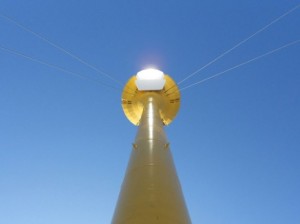

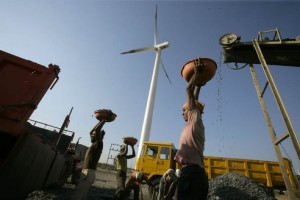
India’s remarkable growth in solar power, which TreeHugger has been following for some time, has gained the nation another superlative: According to new analysis by Bloomberg New Energy Finance, India led the world in 2011 for green power growth.
In 2011 India invested $10.3 billion in renewable energy, creating 52% growth in the sector. Solar power growth was particularly impressive, with investment increasing 700% over 2010 levels last year. Even then, the $4.2 billion invested in solar power in 2011 slightly trailed investment in wind power, which reached $4.6 billion.
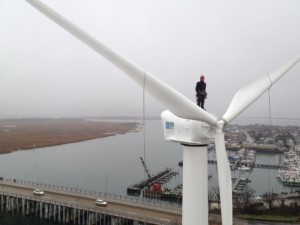
By building a wind turbine to power a hydrogen production and fueling station, a little hamlet in Long Island is positioning itself as the bellwether for carbon-neutral transportation.
The town of Hempstead, New York on Long Island erected a 121 foot tall turbine last December on the township’s Department of Conservation and Waterways land to take advantage of powerful Atlantic winds and power the hydrogen and natural gas fueling station it built in 2009. The turbine can generate up to 180 megawatts of power per year, and presents an estimated hydrogen fuel and energy cost savings of $40,000 per year.
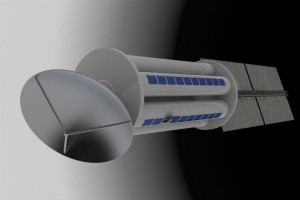
As our conventional sources of energy are about to go extinct, scientists are developing unique and indifferent technologies to meet the global demand of energy. Carl Peart, a Mexican student, entered the ‘Create the Future Design Contest, 2011‘, with this unique design to produce clean energy. Named ‘Solar collection and Transfer Satellite’, it uses the system of Electro Mechanical Batteries to store energy, which is collected by the solar panels installed on the satellite. EMBs are simple and have amazing potential to store energy.

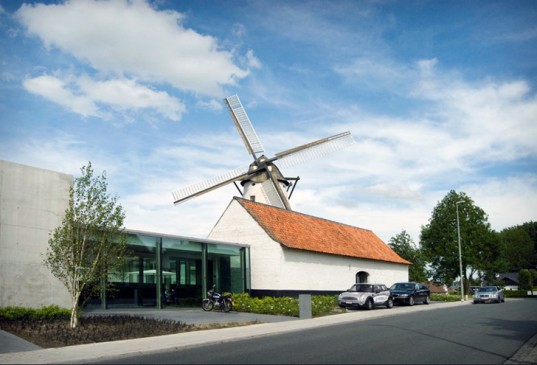

Some of the largest countries on Earth made it clear this week at the World Economic Forum in Davos, Switzerland that, in many cases, renewable energy is just a few years away from reaching grid parity with fossil fuels without subsidies. Worldwide investment in renewable energy totaled $187 billion in 2010, while investment in coal and natural gas was $157 billion. With government subsidies worldwide in jeopardy because of financial woes, the International Energy Agency says countries should hold on for just a few more years until renewables catch up to emissions-laden power companies — which could happen as early as 2015 — after which, it is anyone’s game.
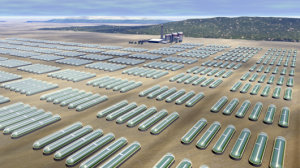
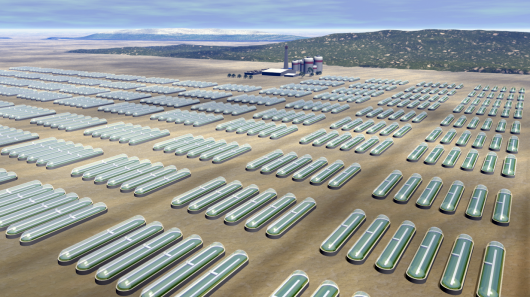
HyperSolar claims it is developing a zero carbon method of producing hydrogen gas from wastewater by harnessing solar energy. Hydrogen gas is a clean source of fuel in that, theoretically at least, the only waste product is water. But hydrogen gas does not occur naturally on Earth, and requires energy to create. Typically that energy comes from traditional, carbon dioxide-emitting sources, rendering hydrogen fuel rather less environmentally friendly than it has the potential to be. HyperSolar’s work may mean truly clean, renewable hydrogen fuel could be a commercial reality sooner than we might have imagined.
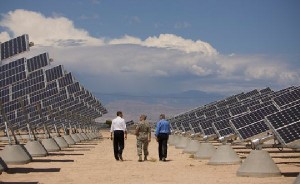
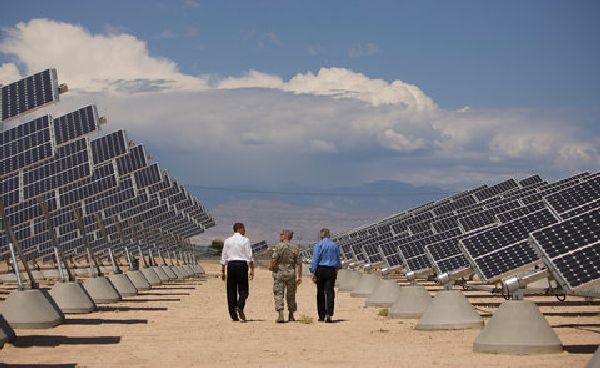
According to a study conducted by ICF, a consulting firm for the US Department of Defense, surplus land at four military bases in the Mojave desert in California could be capable of producing up to 7 Gigawatts of solar power. These bases include, the Edwards Air Force base, Fort Erwin, China Lake and Twenty-nine Palms. Some 37,873 acres of land is available for setting these solar power plants, without impacting the space needs of the military for its ongoing operational needs or for potential future needs. The type of solar power plant to be installed, whether silicon flat panels or solar concentrators, has not yet been determined. If the go-ahead happens, power plant construction could commence by 2015.
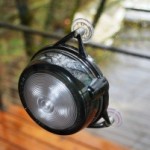

There are many solar energy gadgets out there, but some of them seem to stand out. Take the LightShip, for example. It is a practical, portable solar light that could be the clean energy answer to campers, boats, cabins and emergency use. I particularly like the fact that it features three suction cups so that you can attach it to any smooth surface!
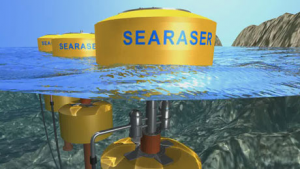
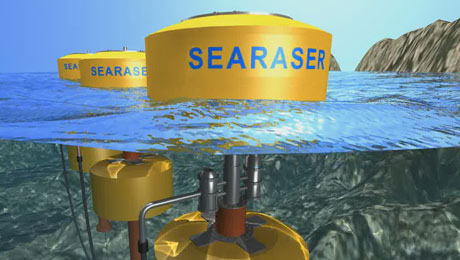
An aquatic “bicycle pump” is set to take to the seas and turn wave power into clean electricity after being acquired by green energy company Ecotricity. The Searaser device, which pumps saltwater to an onshore generator, has been tested in prototype and praised by ministers.
Searaser uses the rise and fall of a large float to pressurise water, but unlike other wave power technologies does not generate the electricity in the hostile environment of the ocean. “If you put any device in the sea, it will get engulfed in storms, so it all has to be totally sealed,” said inventor Alvin Smith. “Water and electricity don’t mix – and sea water is particularly corrosive – so most other devices are very expensive to manufacture and maintain.” The technology means the salt water and electricity-generating equipment never meet, and is done routinely in Japan.
 Follow
Follow